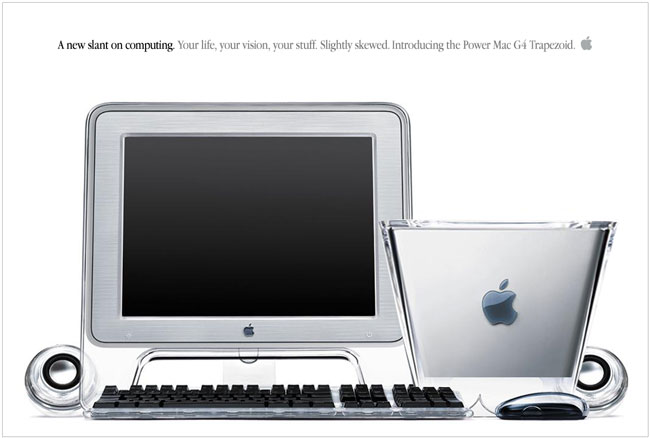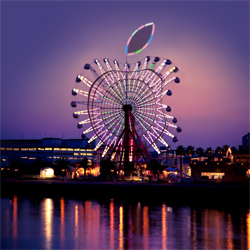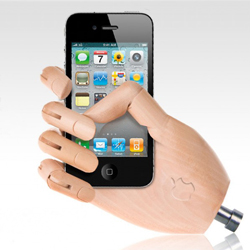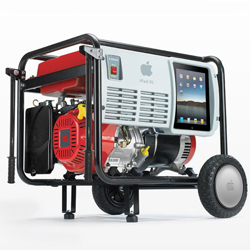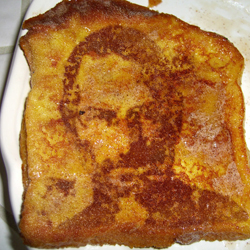Flashback is a new feature in Scoopertino, where we look back at important moments in Apple history. We believe such looks into the rearview mirror are helpful in understanding what makes Apple tick today.
Cupertino, CA — It was in back in 2000 that Apple decided to wedge a new model between the consumer iMac and the high-end Mac Pro. But it was a decision Apple would come to regret, as the Power Mac G4 Cube turned out to be the company’s biggest and most visible failure.
It was even more unfortunate because the G4 Cube’s design was actually Apple’s second choice. Its real passion was vested in a far sexier model — the G4 Trapezoid. Due to operational issues, Apple was forced to make the switch just one month before the product was introduced.
We caught up with Apple’s chief designer, Jony Ive, speaking recently at a British design college. The normally quiet Jony gets even quieter when he speaks of the Cube disaster.
“The cube is a cold design by nature, with its angular, stand-offish shape,” he whispered. “I had long wondered why no computer maker had ever experimented with the warmer trapezoid form. Visually it’s far more inviting, rather like a ‘cup’ — something you fill with digital goodness, then savor sip by sip. It looks no more out of place on a desk than does a Venti coffee from Starbucks, and it’s quite a bit more stable.”
Alluring as its shape might have been, the Trapezoid was a bear to manufacture. Its unconventional angles and materials resulted in months of delays, until finally increased costs forced Apple to take the more mundane Cube approach.
Jony laments, “The Power Mac G4 Cube was one of our biggest failures, and that’s a painful memory. I know in my heart that we’d all be happily working on trapezoids today, had it not been for an ill-equipped factory in Shanghai.”
